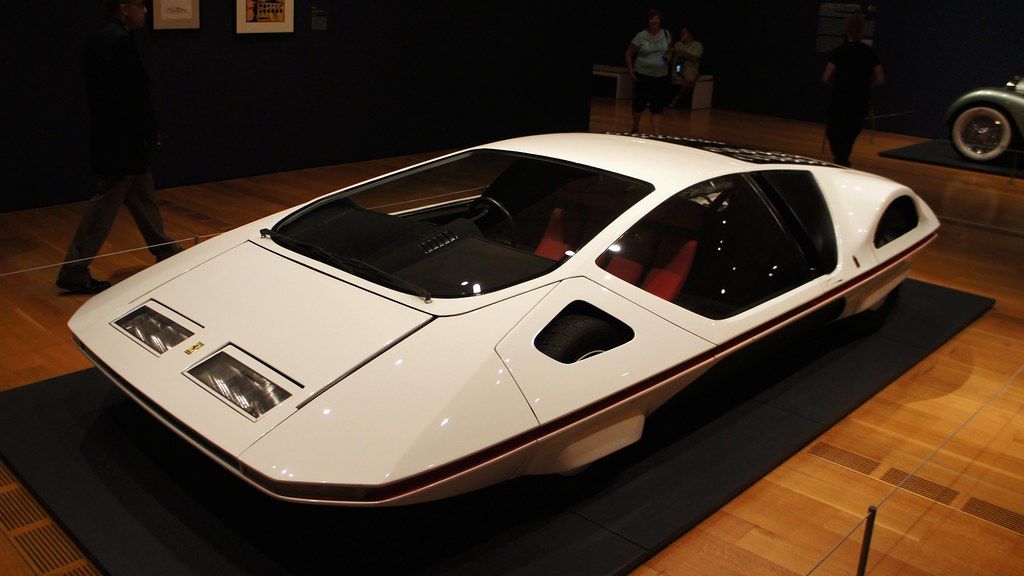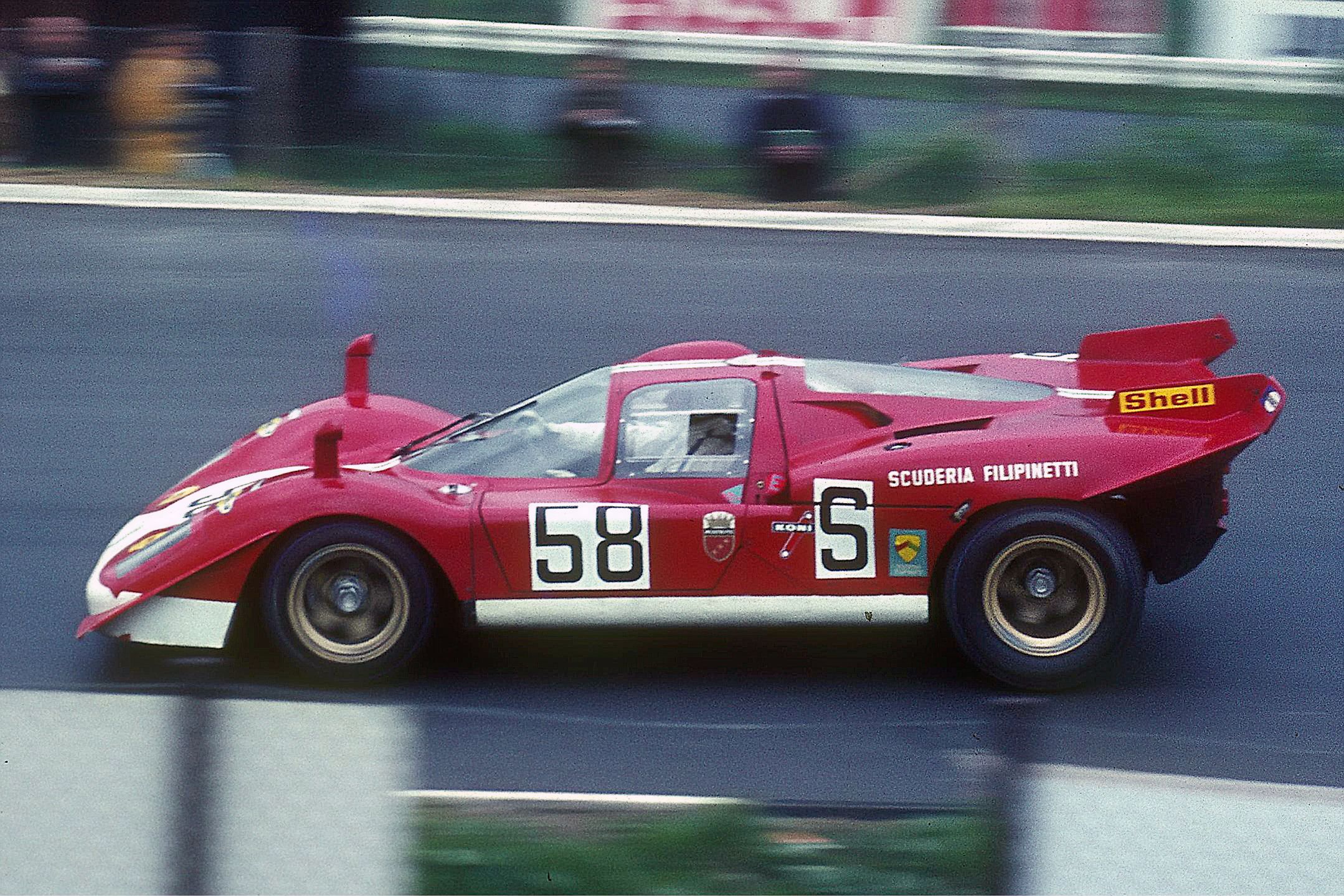Unbound by the constraints of commerciality and practicality (and sometimes even possibility), concept cars have always been able to showcase wildly impressive ideas to the automotive public. Chrysler wowed audiences in the jet engine age with a car powered by a turbine rather than a piston engine; Audi has wooed our modern tech-obsessed culture with an off-roading vehicle sporting drones for headlights.
Of course, in between the turbine cars of the '60s and drone equipped off-roaders of today, style reigned supreme as the futuristic aesthetic of the '70s and '80s was realized in concept cars. And while 1970's Ferrari 512S Modulo was unveiled right at the beginning of that wave of design, it still looks like something out of a science fiction movie.
The Modulo was striking in every way. Its styling is capable of turning heads even to this day, and it had the performance to back up its supercar looks. The concept car has been captivating those who have seen it from its debut way back at the 1970 Geneva Auto Show up to its recent purchase from Pininfarina by Hollywood bigshot and gearhead extraordinaire James Glickenhaus.
Here's a look at one of Ferrari's wildest designs ever.
Styling That Has To Be Seen To Be Believed
The first thing to jump out about the Ferrari Modulo is just how radical the concept car's design is. Ferrari's frequent partner in design, Pininfarina, was enlisted to give form to the Modulo. The result looks more like a rocket ship than a car. The shape is basically a wedge, although it differs from the more angular later wedge designs common in the '80s. Sharp lines are found around the edges of the cars top and bottoms halves, but the rest is sleek and smooth.
The bubble-like body of the Modulo is uninterrupted by unsightly side view mirrors or door handles. Even when entering and exiting the vehicle, the car's rounded, aerodynamic look is maintained. Rather than having conventional doors that swing out to the sides or even the more luxurious butterfly or gullwing doors which still interrupt the smooth silhouette of a supercar, the Modulo used a canopy door, the whole roof lifting up and sliding forward to allow access to the interior without disrupting the curves and lines of the space-aged design.
In order to further encapsulate the car in a slippery, bullet shaped form, all four wheels on the Modulo are partially covered. There are no sudden, flat sides to be seen on the car, which looks more like it glides over the ground than driving on it. Inside this symmetrical Jetsons-like design, the steering wheel is located in the center of the cockpit as it is on the later McLaren F1. This provides a more centralized driving position that in theory offers better visibility and awareness of the car's location on the road.
Walking The Walk
The Modulo isn't just all looks, though. Originally based on the Ferrari 512 S race car which ran in the World Sportscar Championship and Can-Am series, the futuristic concept car also had the ability to deliver on the performance one might expect from a Ferrari that looks like it came from the future.
Under the eye catching body lies a powerful 5 liter V12 engine. Visible through holes in the dark engine cover, the powerplant was capable of producing a whopping 550 horsepower. Although the numbers are theoretical, as concept car performance figures almost always are, Ferrari expected the Modulo to have a top speed of about 220 mph. Acceleration from 0 to 60 should be around 3 seconds flat.
The Modulo's low weight (under a ton) and lithe dimensions would also make it nimble and agile around corners. Weight distribution benefited from the rear mid-engine layout, then common in race cars but unheard of in sportscars until the debut of the Lamborghini Miura just before the Modulo's unveiling. Unfortunately, as was noted in a Classic Driver article about the Modulo, the movement of the front wheels was restricted by the tire-obscuring design, limiting actual cornering performance.
The 512S Modulo Can Actually Drive
Since its debut in Geneva over a half century ago, the Modulo has spent much of its time in a museum. Originally black, the car was repainted white and displayed by Pininfarina as an example of its incredible work.
In 2014, though, the Modulo was acquired by James Glickenhaus. The well heeled car enthusiast has since gone through the process of restoring it to working order, and, in June of 2018, managed to get the Modulo operational for its first drive on the road. The car's futuristic canopy door, engine cover, and highly stylized wheel fairings were removed for the drive, making the V12 powered car a sight to behold. Even when standing still, though, the 512S Modulo still manages to look like it came from 50 years in the future rather than 50 years in the past.



